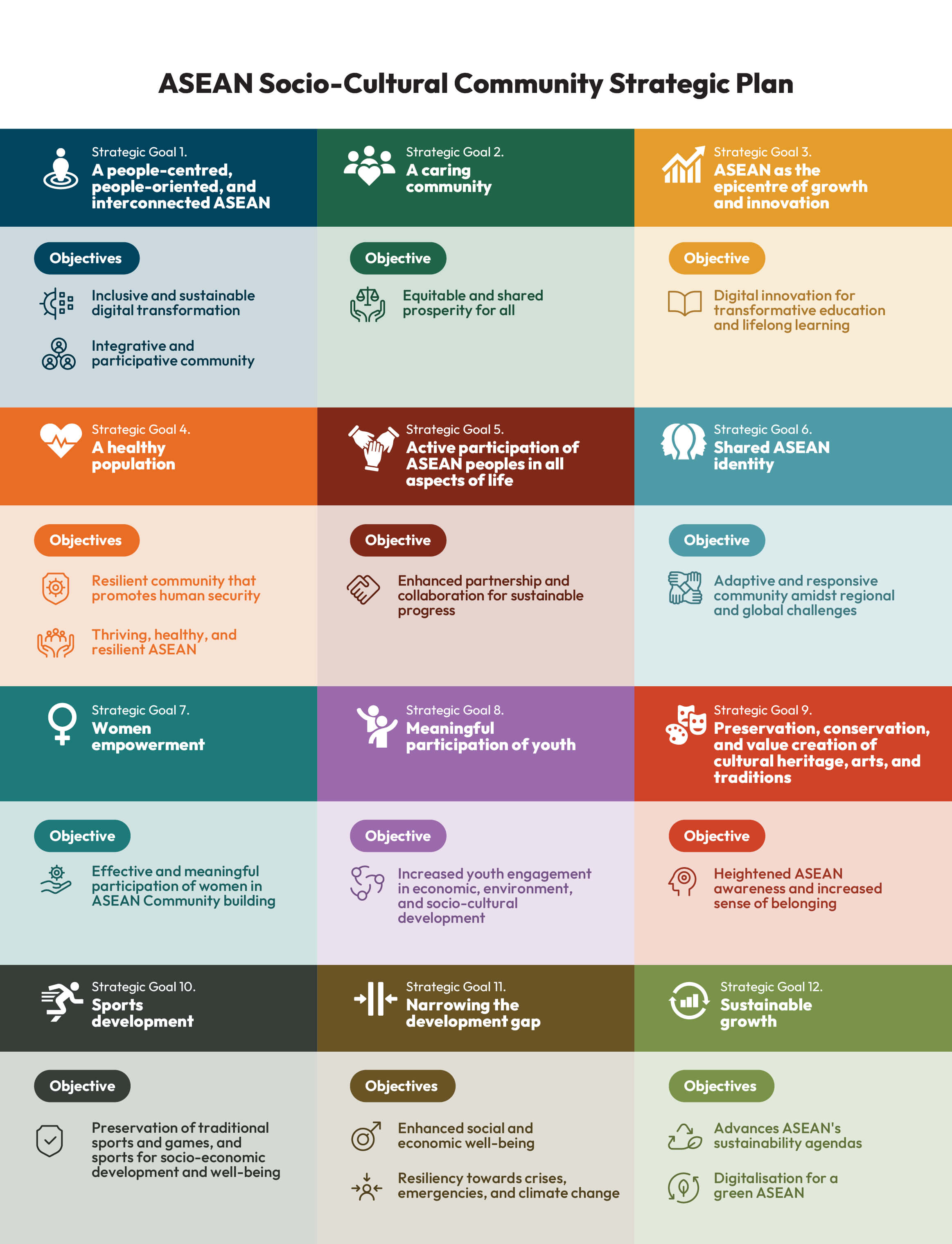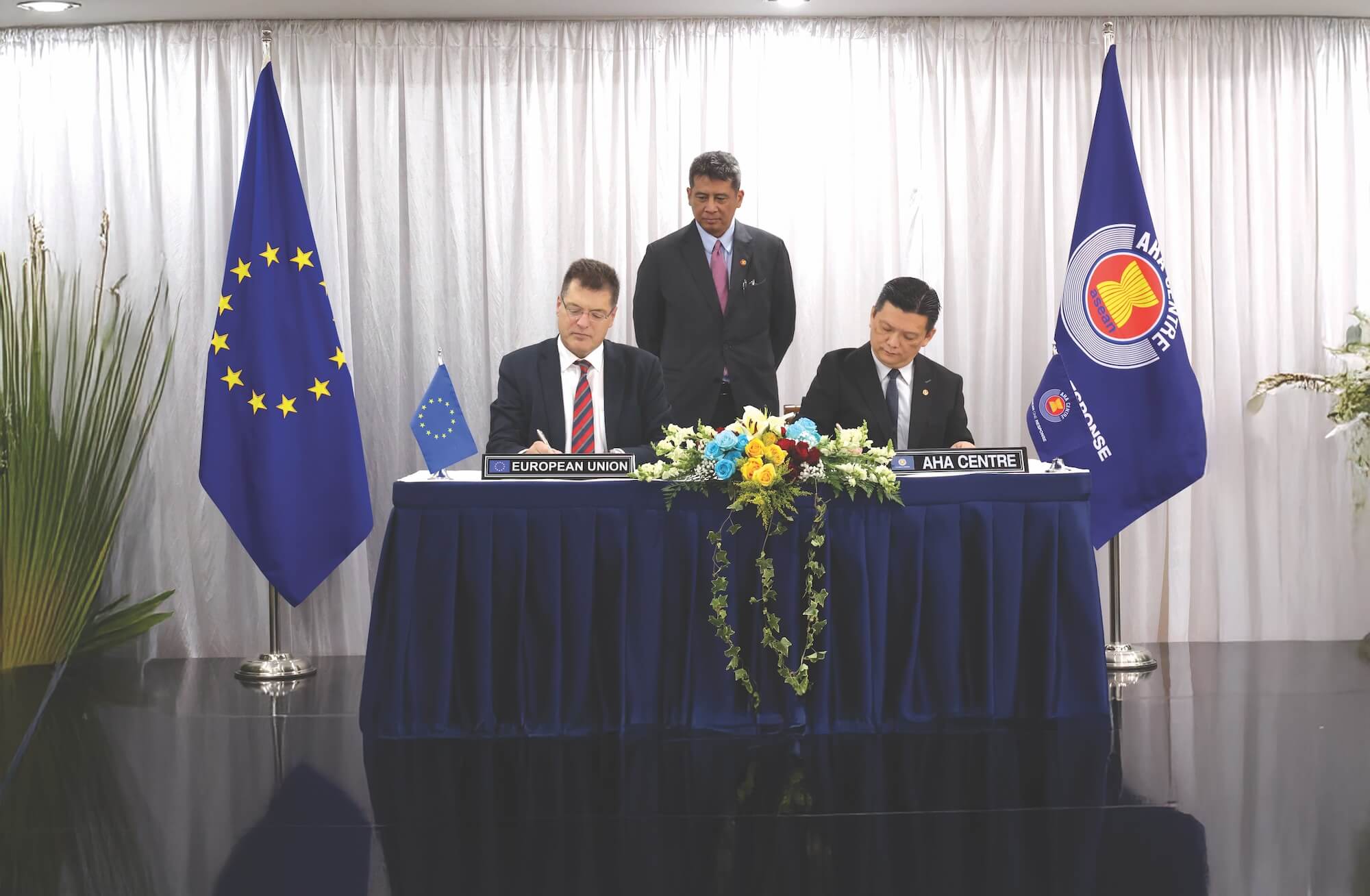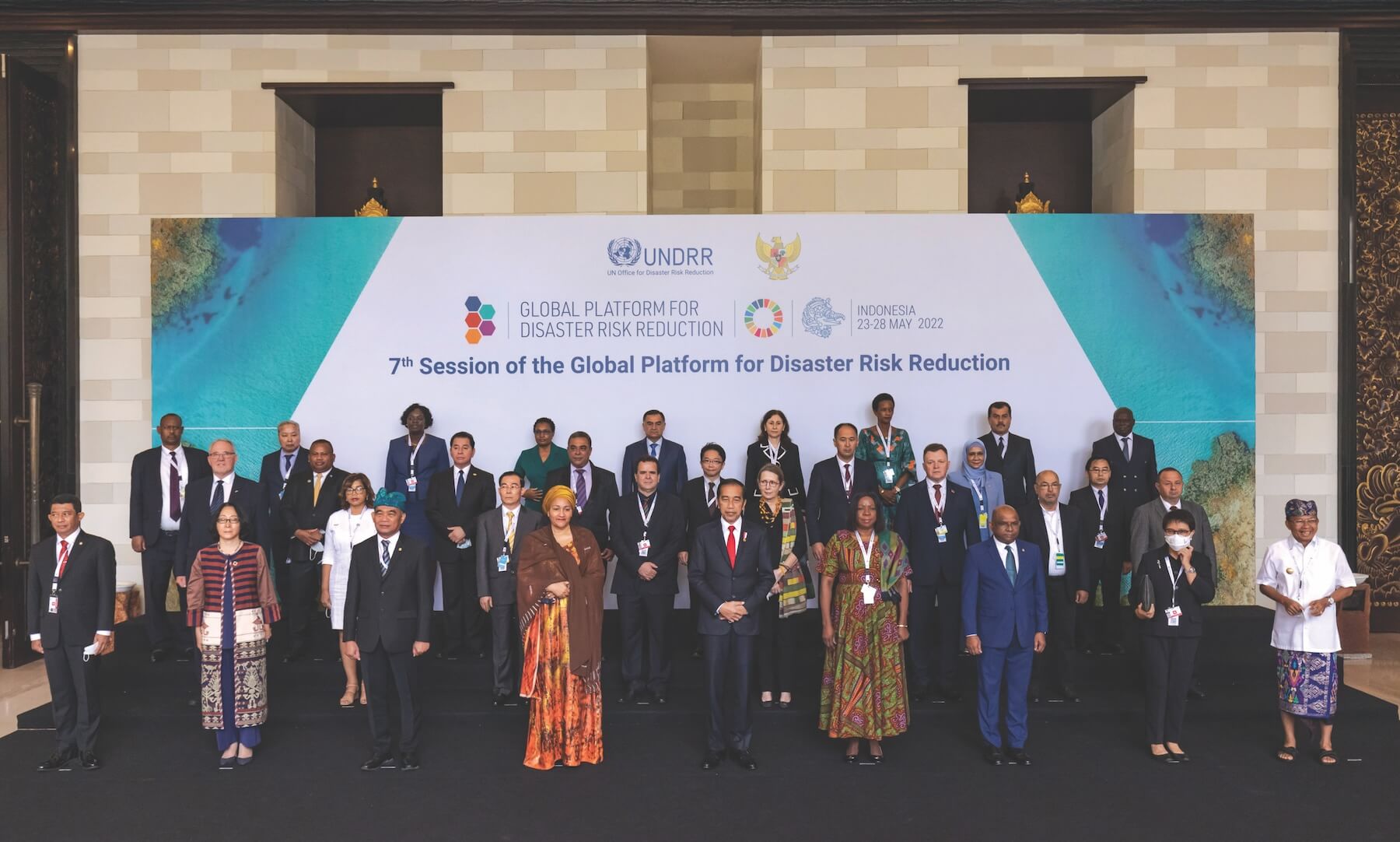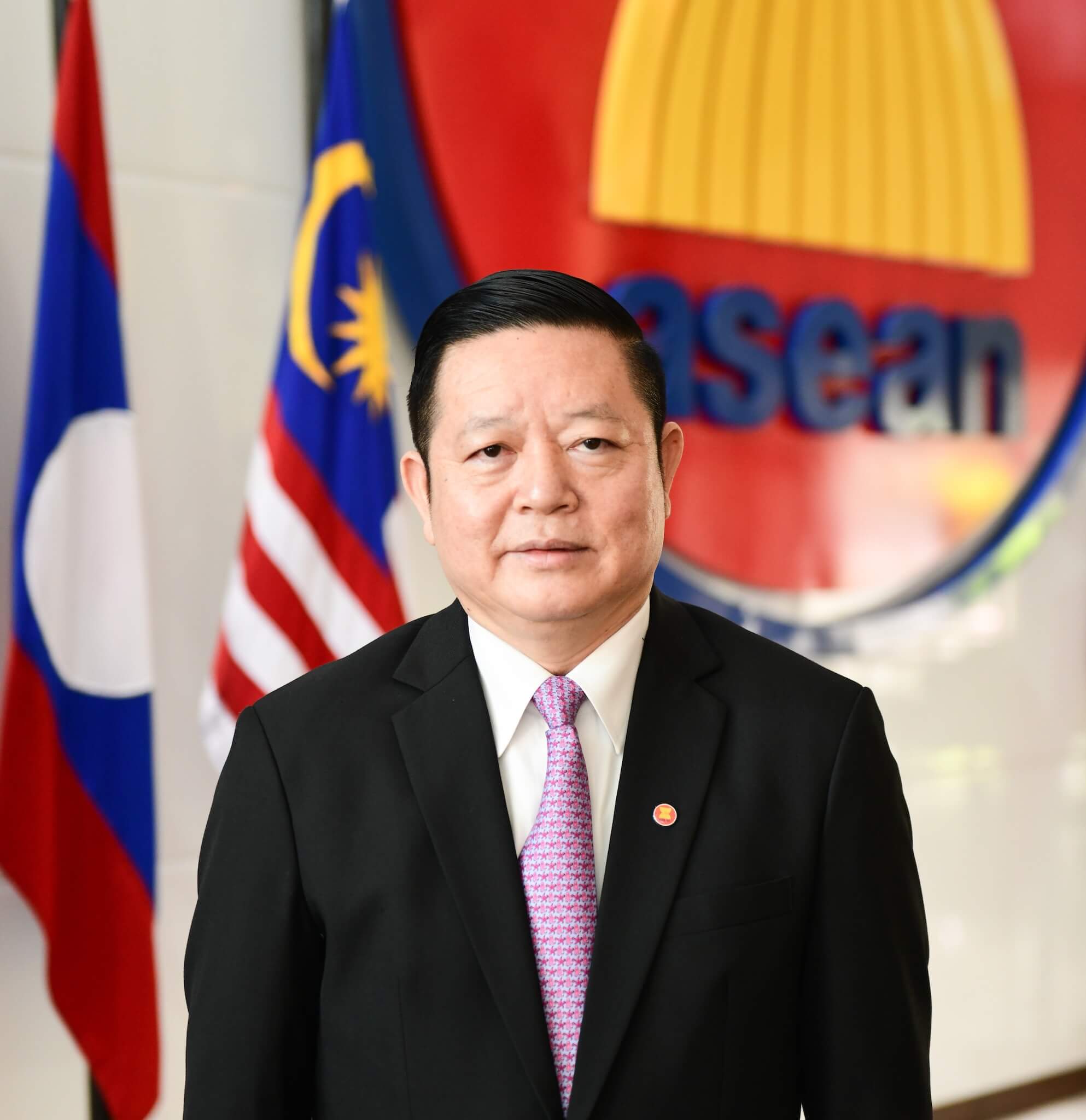






With the commitment that “people are at the centre of ASEAN,” the ASCC takes a bold step in advancing a people-centred, people-oriented, and inclusive Community that prioritises people’s well-being and quality of life amid evolving regional and global geopolitical and socio-economic landscapes.
Over the past decade, poverty rates have fallen drastically in all Member States. Moreover, health and education outcomes have improved, e.g., longer life expectancy, higher net enrolment ratio in primary-aged children, and reduced incidence of stunting and wasting among children. Member States have also enhanced their capacity to achieve their climate action plans and synergise disaster preparedness and response.
The year 2025 is pivotal for ASEAN as it wraps up the ASEAN Community Blueprint 2025 and ushers in ASEAN 2045: Our Shared Future a new phase for ASEAN’s Community building and regional integration.
Under this new vision of a resilient, innovative, dynamic, and people-centred region, the ASEAN Socio-Cultural Community (ASCC) developed the ASCC Strategic Plan. At its core, the Plan emphasises the importance of pursuing human and sustainable development that harnesses potential and enhances the quality of life for people.
Building on the ASEAN Community Vision 2025 and its Community Blueprints, the ASCC Strategic Plan is a future-looking and strategic framework that will guide ASCC in strengthening human security and resilience, advancing sustainability and inclusive and equitable growth, and forming a culturally rich, connected, and cohesive ASEAN that is proud of its ASEAN identity.
Inclusive and community-driven process
In January 2024, the Senior Officials Committee for the ASCC (SOCA) established the Ad Hoc Working Group to Develop the ASCC Strategic Plan, which is responsible for setting the strategic direction and leading the development of the ASCC Strategic Plan, including engaging with sectoral bodies and ASCC-related stakeholders. The Ad Hoc Working Group comprises representatives from the 10 ASEAN Member States, with Timor-Leste serving as an Observer. Its co-chairs were the incumbent and incoming ASEAN Chairpersons (i.e. Lao PDR and Malaysia in 2024 and Malaysia and the Philippines in 2025). The Ad Hoc Working Group conducted rigorous drafting and review processes, ensuring that each strategic measure is comprehensively anchored on ASEAN Community building, key ASCC documents, sectoral priorities, and stakeholder insights.
From its development until its finalisation, the ASCC Strategic Plan was developed and shaped by the active participation of a broad spectrum of stakeholders. Through intensive and inclusive stakeholder engagement, the ASCC ensured that the ASCC Strategic Plan is not only technically sound and outlines sector priorities but also reflects the voices of the people. It recognises the need to bridge regional priorities with the realities, needs, and aspirations of people.
The stakeholder consultations brought together insights and recommendations from ASEAN Sectoral Bodies, ASEAN Centres and Entities, Parliamentarians, ASCC Eminent Persons, Think Tanks, Research Institutions, Social Enterprises, and Civil Society Organisations, as well as the Committee of Permanent Representatives (CPR), ASEAN Dialogue Partners, External Partners, and International Organisations. The insights and perspectives gleaned from these consultations highlighted diverse priorities, areas for collaboration, and the potential impact of emerging megatrends on the region’s future directions.
To ensure broader stakeholder participation, the ASCC also launched an online survey that drew insights from more than 4,000 individuals across the region. The survey highlights strong optimism for the future. It also reaffirms ASCC’s role in ensuring that development has improved the quality of life and well-being of ASEAN people over the past decade.
Consultations with sectoral bodies across the ASCC, APSC, AEC, and ASEAN Connectivity were also conducted to ensure support and collective ownership of the Strategic Measures of the ASCC Strategic Plan. This process fostered mutual understanding and support on the Strategic Measures’ thematic focus and scope.
In addition to incorporating stakeholders’ feedback and recommendations, the Strategic Plan includes strategies that place people, especially those in vulnerable situations, at the heart of its measures and approaches.
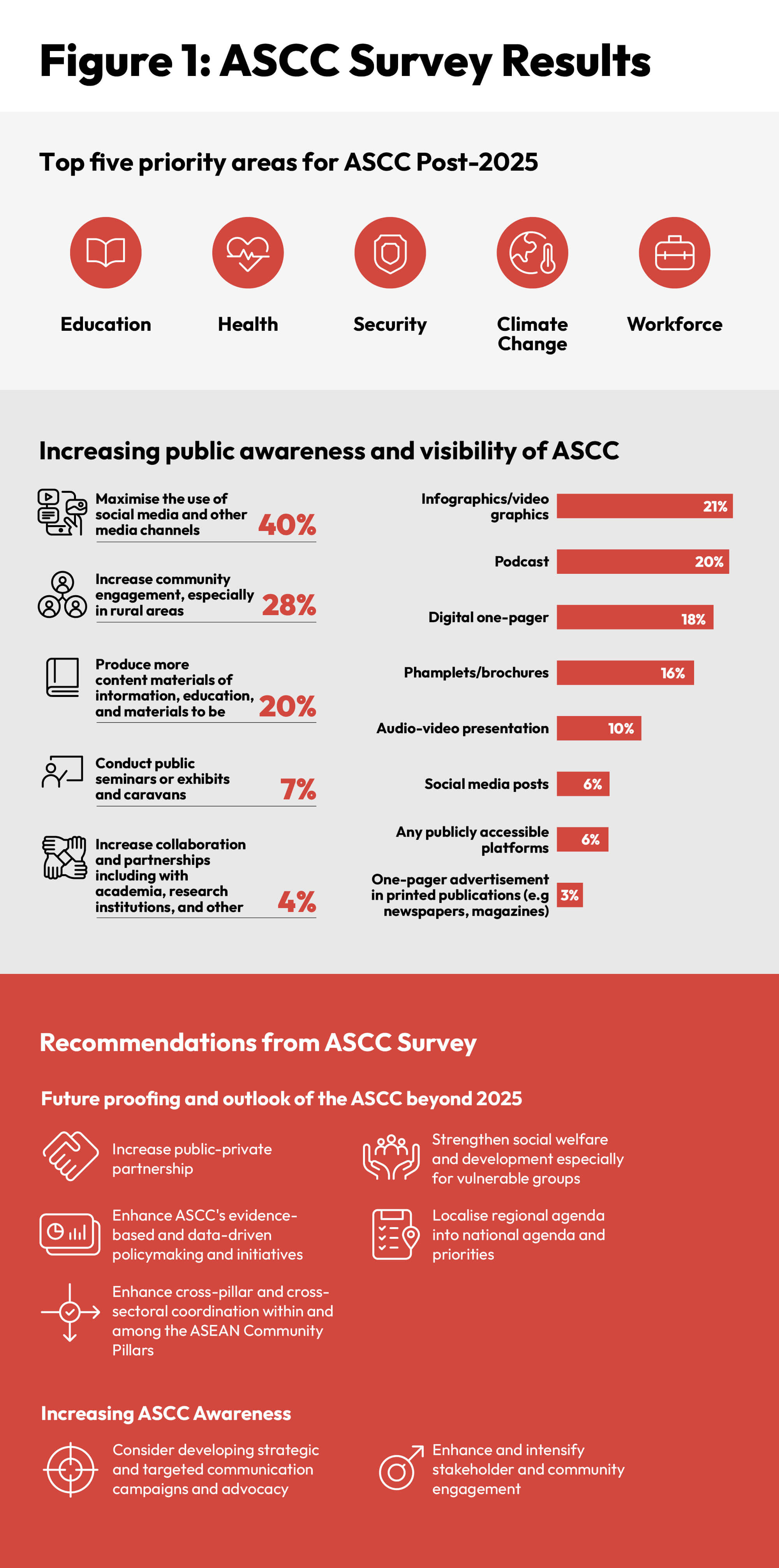
Translating people’s voices into actions
The ASCC Strategic Plan outlines concrete strategic measures and approaches to address current challenges and anticipate emerging trends over the next decade. It envisions an ASEAN Community that is people-centred, people-oriented, resilient, sustainable, and deeply interconnected, with seamless mobility and a shared ASEAN identity. It strives to achieve a healthy and caring region that puts emphasis on participatory, integrative, and cohesive processes that leave no one behind, especially the people in vulnerable situations.
The ASCC Strategic Plan has 12 Strategic Goals and 16 Objectives that correspond to priorities in the areas of labour, gender equality and women’s empowerment, child protection, health development, sports, education, youth, culture and arts, information and media, disaster risk reduction and management, and environment and climate change. It also integrates measures on sustainable growth and narrowing the development gap to ensure inclusive development for the region.
The Strategic Plan’s 112 Strategic Measures across 20 Key Result Areas outline key actions and strategies for the ASCC, integrating megatrends that will potentially impact the work of the ASCC, such as rapid technological development, including the rise of artificial intelligence; increasing people mobility and migration; and crises caused by natural disasters, climate change, and public health emergencies. It further highlights the vital role of public-private-people partnerships, social entrepreneurship, and corporate social responsibility for sustainable socio-cultural development.
One distinct feature of the ASCC Strategic Plan is its emphasis on cross-pillar measures, with 63 of its 112 Strategic Measures encompassing cross-pillar areas, such as women’s economic empowerment and entrepreneurship, women, peace, and security (WPS), the blue and green economy, and food security. This underlines the growing intersectional and interconnected nature of ASEAN’s work.
The ASCC Strategic Plan also underscores the importance of partnerships and collaboration, highlighting measures that support the creation and maximisation of existing platforms that foster dialogue, consultation, and exchanges for evidence-based policymaking and knowledge-sharing.
Driving momentum through collaborative implementation
The challenge now lies in the Strategic Plan’s implementation—a process that should align with ASEAN’s principles and commitment while maintaining an inclusive, people-oriented, and sustainable approach driven by active stakeholder engagement, mutually beneficial cooperation and partnership, and enhanced enabling mechanisms.
The ASCC recognises the importance of a robust planning, monitoring, and evaluation system to ensure the sustained implementation of the Strategic Plan. Central to this is the development of the ASCC Results Framework, a vital tool that lays the groundwork for the Strategic Plan, with clear and concrete measures, baselines, and targets. By enhancing its existing systems to strengthen its data-driven and evidence-based platform, ASCC further drives accountability and alignment of its initiatives with both regional priorities and global development goals.
The ASCC Database for Monitoring and Evaluation (ADME) System, first launched in 2024, will also be enhanced and tailored to the new ASCC Strategic Plan. It will be results-based and focused on outcomes, rather than inputs, activities, and outputs.
Complementing these technical efforts, the ASCC developed a comprehensive communication and outreach strategy that aims to cultivate and promote a shared understanding and knowledge of the ASCC and its Strategic Plan. The strategy will leverage the growing influence of digital platforms and social media, and design communication and information materials that are inclusive, relatable, visually engaging, and tailored across age groups and audiences. This communication strategy is expected to bring the ASCC Strategic Plan closer to ASCC’s stakeholders and the wider public.
More than just a strategic roadmap, the ASCC Strategic Plan represents the collective commitment of ASCC. It not only charts the ASCC’s future in the next decade, but also listens to people as it moves forward—anchoring its vision and actions in the voices, needs, and aspirations of the ASEAN people to shape a future-ready region.
